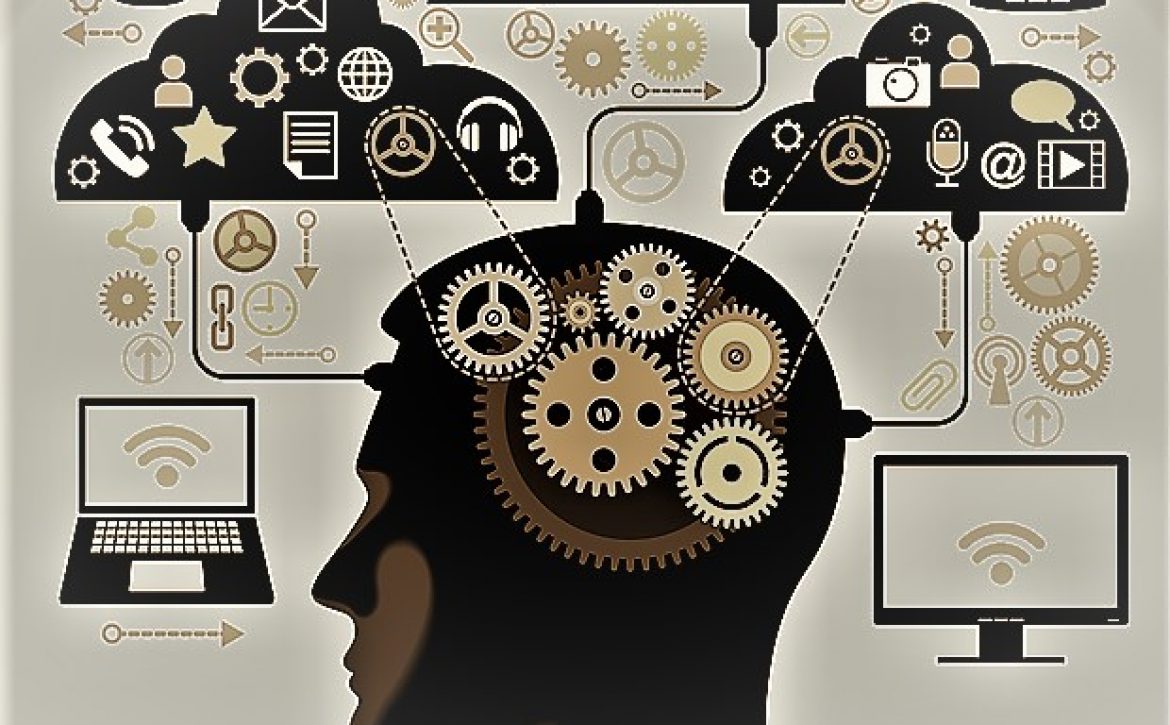Top Five Trends in Enterprise Mobility To Look Out For in 2017
The popularity of enterprise mobility can be easily recognized from the fact that about 71% of the organizations consider mobility as their number one priority. According to an estimate by Nasscom, the global market for enterprise mobility is approximately valued at $140 billion annually by the year 2020. It is not a surprise at all to see this encouraging adoption of enterprise mobility services by companies irrespective of scale or size, considering that it can save almost 240 hours per employee.
But, it is also important to note that this is an emerging technology with the space being extremely fluid. Every other day, new paradigm seems to be emerging. Check out these top five trends in enterprise mobility for 2017 to ensure that you are on the right track with your mobility integration programme.
1. Artificial Intelligence features likely to go mainstream
You must be aware that AI or Artificial Intelligence technology is being widely used in the field of computing. This has led to a growing number of enterprise apps becoming “smart” now. Some of the examples are Cortana, Google Now and Siri. The launch of many smart apps like these enables the users to regulate the security, heating and lighting systems.
An increasing number of enterprises have started relying more on technology due to the fast adoption of Artificial Intelligence. At the same time, security concerns have risen as compared to earlier times. In case, there is a security failure, it can be a threat to the whole enterprise. So, it is the responsibility of an enterprise to assure complete security.
2. Rapid application of cloud technology
Cloud services now have become extremely mature. These services are easily available and are both reliable and can be procured at affordable prices. The high probability of the big data has further increased the migration of these enterprise services to cloud,
Though the popularity of the cloud computing is beyond doubt, there is a big challenge in the form of security. Many enterprises are trying to control this concern by opting for on-premise mission critical applications or apps and hybrid solutions on the cloud.
3. Bring-Your-Own-Devices has gone being more than just a trend
BYOD or Bring-Your-Own-Devices culture is very common these days in the corporate world. It offers benefits like high efficiency and tremendous productivity along with increased use of mobility. All these have made BYOD not just a trend but much more. It is graduating into becoming a usual norm in several enterprises. However, there are some challenges too. The devices brought by the executives are hardly equipped with the security features that are mandatory for being used inside the premises of an enterprise.
So, the IT team of an enterprise is under a lot of pressure to ensure the security of all those BYOD devices, which are being used inside the corporate network. MDM or mobile device management solutions are deployed to minimize the possible pain points, which can come in the way of productivity, as well as the work fluidity that gets executed on those devices.
4. Increase of companion apps
Many organizations are literally struggling to develop certain enterprise apps that will be beneficial for their customers as well as for internal functions. Instead of generic apps that were a trend earlier, the focus now is more on companion apps. These are apps that intend to make a certain function or task easy instead of cloning all the features of a particular desktop app.
5. Increase of Citizen Developers
Since the enterprise apps are highly in demand, they have led to the popularity and the rise of no-code, low-code and cross-platform development environments that provide user-friendly options like drag and drop and speed up the timeline of the app development to a great extent.














